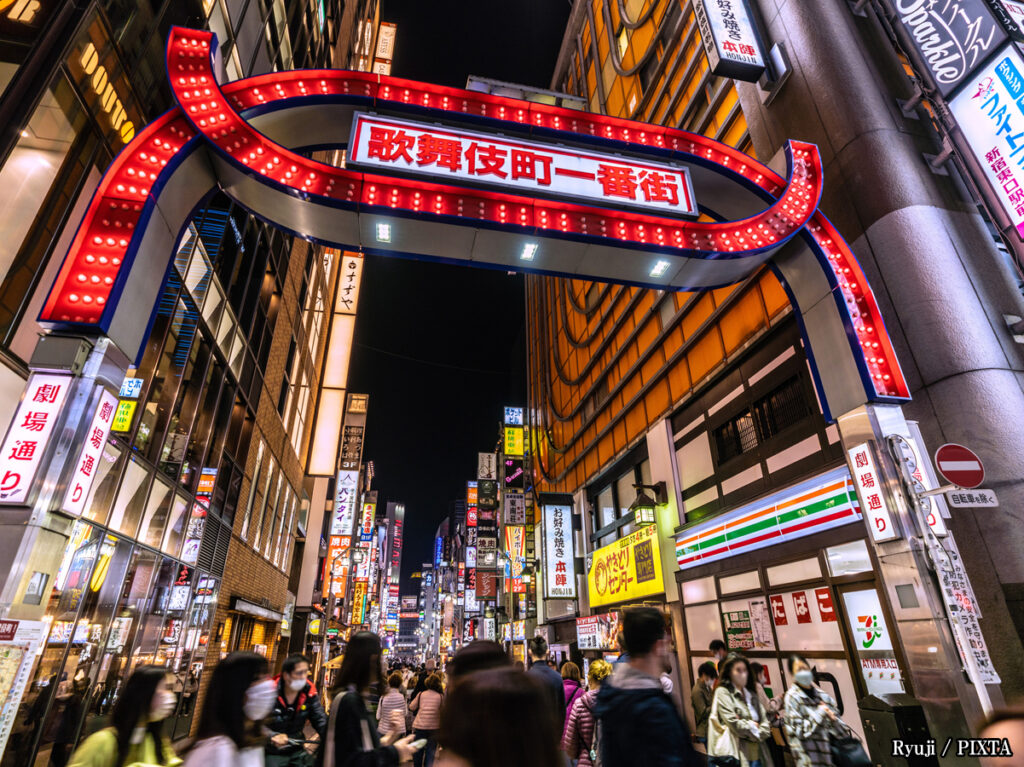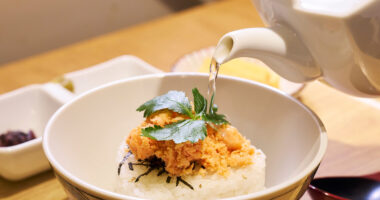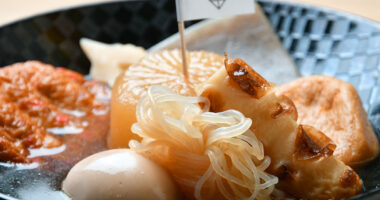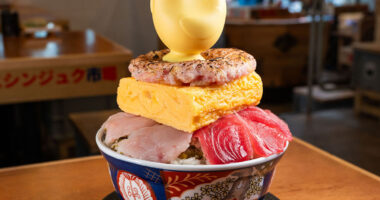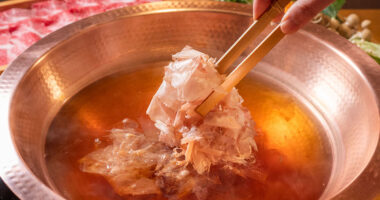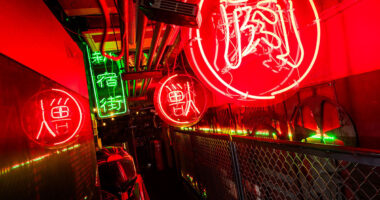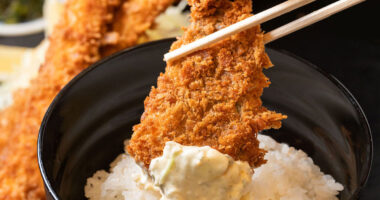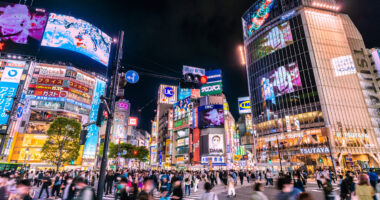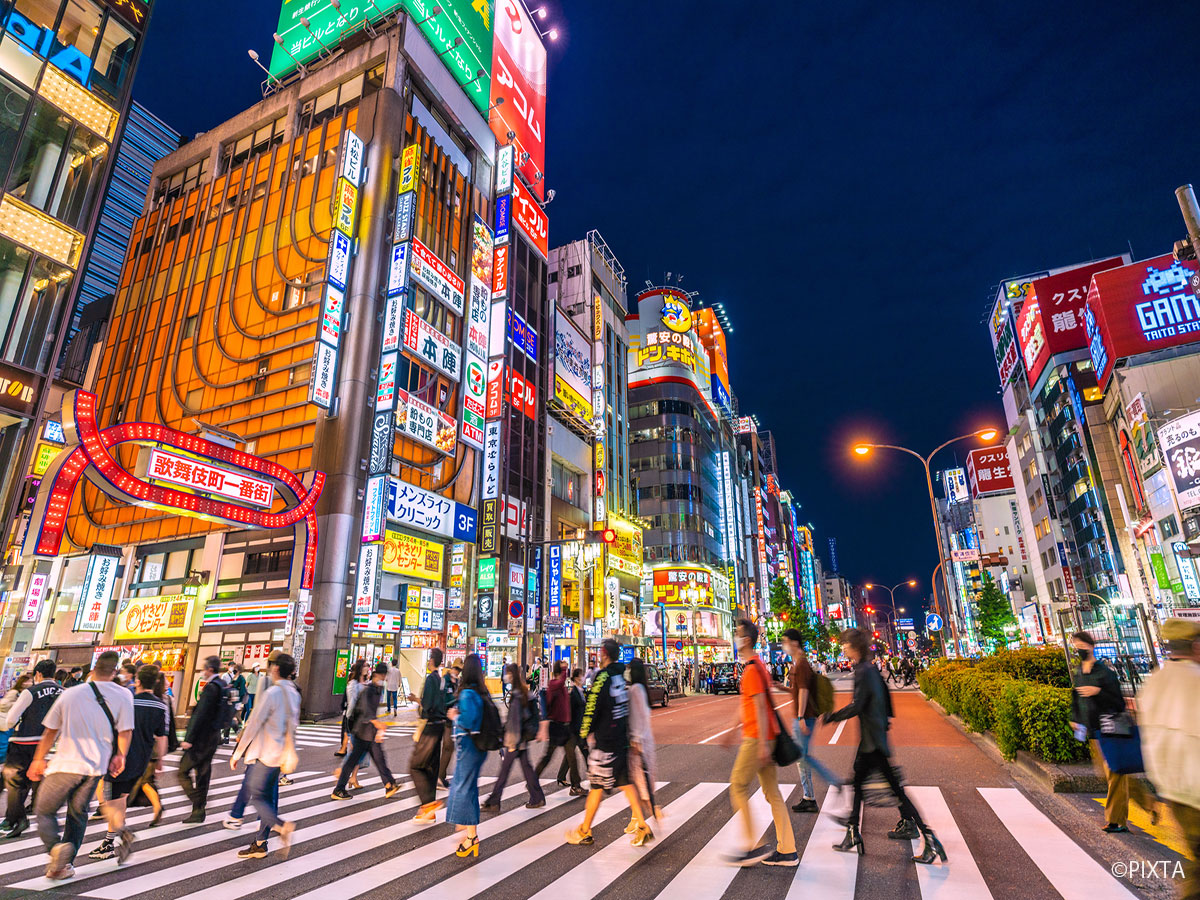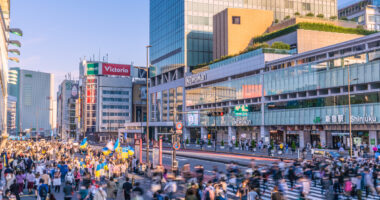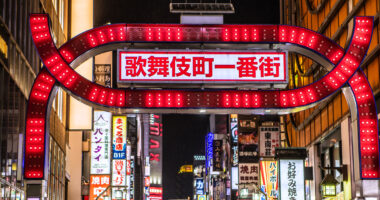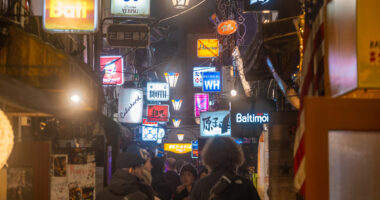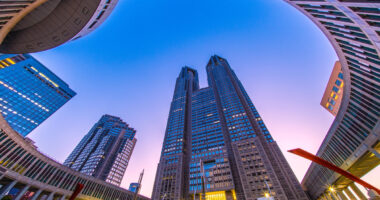Stepping into Kabukicho’s neon-lit streets can feel like entering another world—one brimming with energy, flashing lights, and a hint of mystery. If you’ve ever wondered if Kabukicho is safe for tourists, you’re not alone. This bustling entertainment district in Shinjuku has long carried a reputation for late-night excitement—and, for some, a dose of apprehension. In this guide, we’ll cut through the rumors and give you a clear, balanced look at Kabukicho’s reality. Whether you’re planning to explore the best things to do in Kabukicho or dive into its famous nightlife, you’ll find practical advice, safety facts, and insider tips to help you enjoy the area with confidence. Let’s navigate Kabukicho together—safely and smartly.
Kabukicho’s reputation vs. reality
Kabukicho has long been painted in popular media as Tokyo’s “red-light district,” conjuring images of shady back alleys and seedier undertones. While it’s true that the area boasts a high concentration of hostess bars, nightclubs, and adult-entertainment venues, the reality is far more nuanced—and generally far safer—than the myths suggest.
- Low violent crime rates:
Although Kabukicho’s crime rates are higher than average for Shinjuku, the ward recorded just over 1.5 incidents of violent crime per 1,000 residents in 2024. For perspective, Shinjuku ward overall sees fewer violent crimes than many major global cities. - Vibrant, family-friendly options:
Beyond nightlife, you’ll find karaoke spots, themed cafés, and the illuminated Godzilla head visible high above near the Toho Cinema building—perfect for photo ops and family-friendly experiences. Check out our article on the best things to do in Kabukicho for more ideas. - Active community policing:
The police has a local presence in Kabukicho offering a visible deterrent to wrongdoing and quick assistance if you need it. Use Google Maps to locate the Kabukicho kōban (police box). Moreover, Shinjuku Police Station is located at just over ten minutes from Kabukicho on foot. Finally, English-speaking non-police security patrols often make the rounds at night in Kabukicho, helping to make things safer. - Tourist experiences:
Reviews on travel sites like TripAdvisor consistently highlight that visitors feel safe wandering Kabukicho’s main streets, especially when compared to nightlife districts in other world capitals.
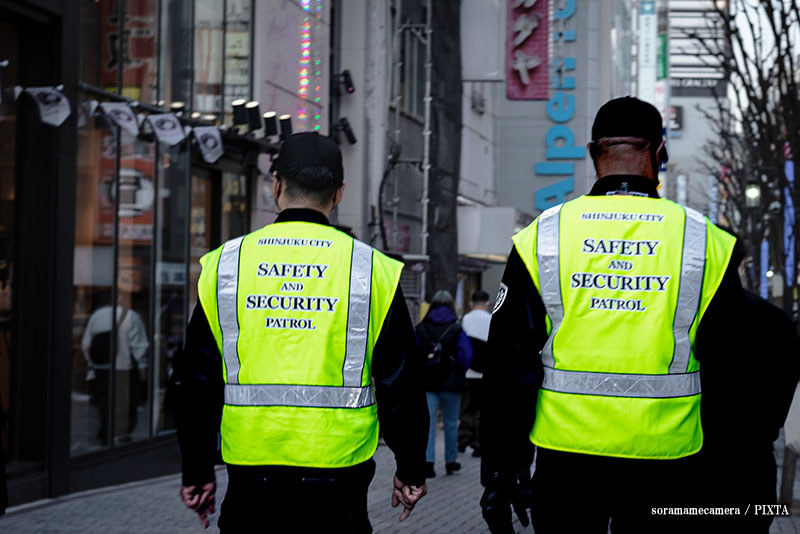
Photo for illustrative purposes
Media myths debunked
- “Too many scams?” While touting can occur near popular bars, outright scams are rare—simply avoid unmarked side streets and insist on seeing prices upfront before entering any establishment.
- “Is Kabukicho safe for tourists?” Absolutely—with basic precautions, most tourists report trouble-free visits. For detailed nightlife planning, refer to a trusted Kabukicho nightlife guide.
By separating sensational portrayals from actual data and on-the-ground feedback, it’s clear that Kabukicho’s buzz comes more from dazzling neon and endless entertainment options than from genuine danger. Next, we’ll dive into practical safety tips you can use immediately.
Practical safety tips
Armed with the facts, let’s focus on what you can do to stay safe and enjoy Kabukicho’s vibrant atmosphere.
Avoiding scams and touts
- Spotting a scam:
If someone approaches you offering “special deals” or invites you down a side street, politely decline and walk away. Legitimate venues advertise clearly outside their doors. - Know the final price:
In any establishment you visit, always ask to see the menu and prices before ordering. It’s always a good idea to understand what you’re getting into before you begin. If it’s unclear or you have any doubts, move on. - Report suspicious behavior:
The koban is your friend—note the location (indicated in the link above) before you arrive.
Securing your valuables:
- Keep wallets and phones in front pockets or in a zipped bag. Use a money belt if you’re particularly concerned.
- Beware of pickpockets. You should be particularly alert in crowded spots like the entrance to Golden Gai or near busy club queues.
Staying in well-lit, busy areas
- Stick to main streets like Yasukuni-dori and Kabukicho Ichibangai, especially at night.
- Side alleys can be tempting for photo ops, but they’re less frequented and less lit—save them for daytime exploration.
Using official transport
- Taxis:
When in doubt, hail a taxi from an official stand rather than street-hailing. Official taxi stands are well-marked and often have English-speaking drivers. - Train stations:
The Seibu-Shinjuku Station is just 2-3 minutes away and Shinjuku Station is just 6-8 minutes away, for example. Plan your route back in advance using Google Maps or HyperDia.
Emergency preparedness
- Local emergency numbers:
Dial 110 for police, 119 for fire/ambulance. - Hotel card:
Carry your hotel’s business card with address in Japanese and English, so you can show it to a taxi driver or staff if you get lost.
By staying alert, sticking to well-known areas, and using official services, you’ll minimize risks and maximize enjoyment of Kabukicho’s nightlife offerings.
Local safety measures: police presence and patrols
Kabukicho is not only a bustling entertainment district but also a community actively working to maintain safety and provide a sense of security for its visitors. Here’s a closer look at the infrastructure in place to ensure you feel safe during your visit:
Koban
Kabukicho has its own koban, an easily identifiable booth staffed by local officers who are ready to help with anything from basic inquiries to handling emergency situations. If you ever feel uneasy or need assistance, don’t hesitate to approach the Kabukicho koban for support. Many officers there speak basic English, so communication is generally not a barrier. It’s open 24/7 and conveniently located at at 2-44-2 Kabukicho, Shinjuku-ku, just a stone’s throw from the Tokyu Kabukicho Tower and a few minutes from the Shinjuku Toho Building.
Patrols and surveillance
Aside from the fixed police station, Kabukicho also benefits from regular police patrols, especially on weekends when crowds are larger. Patrols focus on high-traffic areas like Kabukicho Ichibangai and Yasukuni Dori, ensuring a visible police presence. This helps deter any potential misconduct or unlawful behavior. Additionally, the presence of security cameras throughout Kabukicho further enhances the area’s safety. These cameras help monitor and manage crowd control, especially near major tourist spots.
Crime prevention initiatives
Tokyo’s local authorities have implemented various crime prevention programs across Kabukicho, particularly in response to the area’s nightlife reputation. For example, you may find multilingual signs and pamphlets with safety tips posted at key locations around the district, geared towards international tourists. The focus is not just on minimizing crime but also on ensuring a smooth and hassle-free experience for both tourists and locals alike.
Safety escorts for women
For female solo travelers, there are a few options which can provide additional reassurance when visiting Kabukicho. Some taxi companies offer female passengers the choice to ride with a female driver, adding an extra layer of comfort and security. Some hotels near Kabukicho also offer shuttle services or can help arrange a trusted driver for you.
By leveraging these visible safety measures, Kabukicho has evolved into a district that, while offering vibrant nightlife, is also highly committed to the safety of its guests. Whether you’re out for a late-night drink or exploring the neon-lit streets, rest assured that you’ll have plenty of resources to ensure your safety.
Safety by time of day
Your experience in Kabukicho can vary depending on when you visit. Here’s how to tailor your plans for different times of day:
Daytime visits (10:00 AM – 5:00 PM)
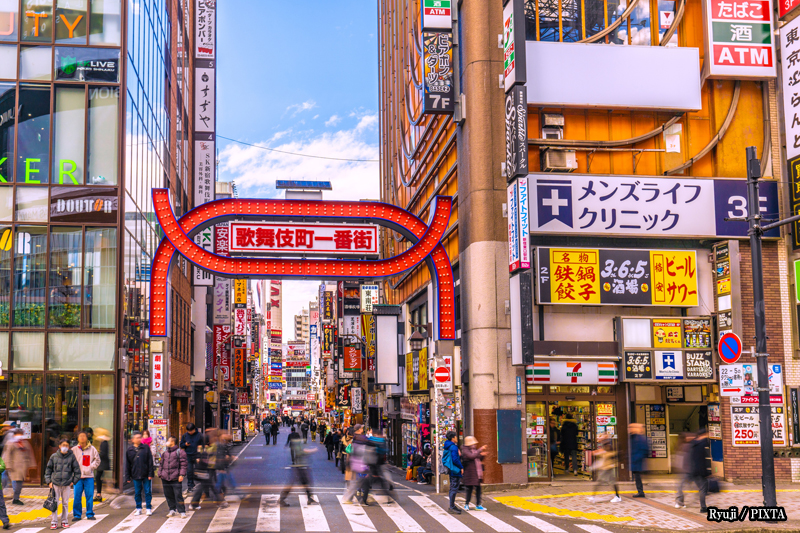
Photo for illustrative purposes
Atmosphere: Streets are bright, shops are open, and foot traffic comprises both tourists and locals running errands.
Safety tips:
- Stick to main avenues like Yasukuni-dori and Kabukicho Ichibangai, where staffed storefronts and cafes add extra eyes on the street.
- Keep an eye on personal belongings—pickpockets are rare but possible in crowded areas.
- Use this time to snap photos of Kabukicho’s iconic neon signs without the evening crowds.
Early Evening (5:00 PM – 8:00 PM)
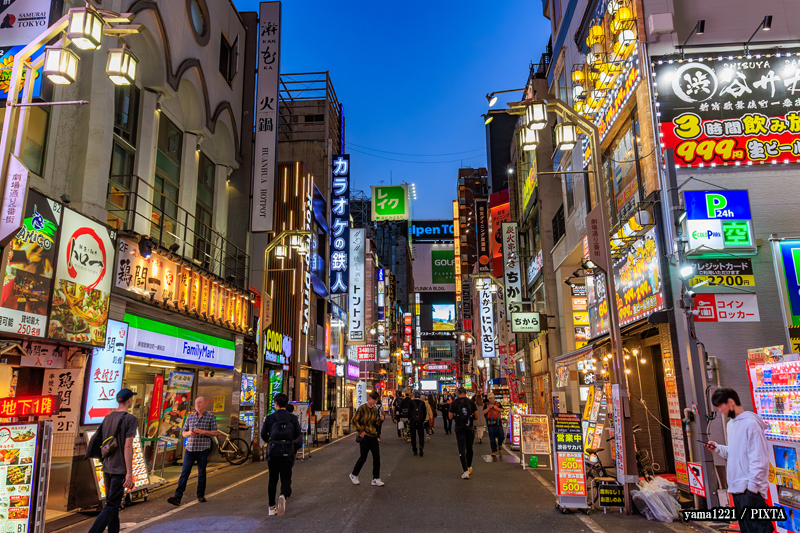
Photo for illustrative purposes
Atmosphere: The district comes alive as restaurants open and neon lights begin to glow. Crowds build but remain manageable.
Safety tips:
- Consider joining a small group or heading out with friends to navigate the area together.
- If you’re exploring the best things to do in Kabukicho, plan your route in advance using Google Maps or HyperDia to avoid backtracking on dimly lit streets.
- Buy tickets or check menus in well-lit venues with visible price lists to steer clear of potential touts.
Nighttime (8:00 PM – 2:00 AM)
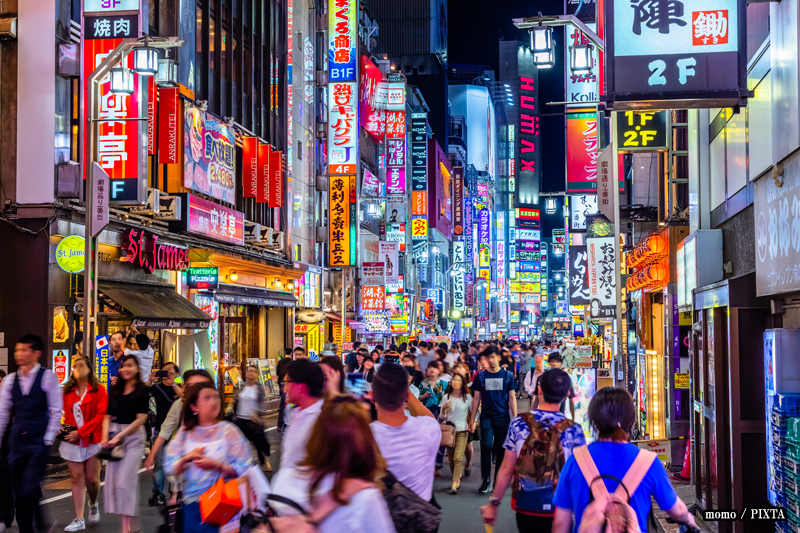
Photo for illustrative purposes
Atmosphere: Full nightlife mode—bars and other late-night venues are bustling. Neon signs blaze, and the energy peaks.
Safety Tips:
- Travel in pairs or groups if possible; solo travelers should share locations with a friend or hotel concierge.
- Use official taxi stands or rideshare apps for journeys after train services end (around midnight).
- Stay on well-lit main roads. If you must venture into side alleys for photo ops, do so in a group and head back quickly.
Late Night/Early Morning (2:00 AM – 5:00 AM)
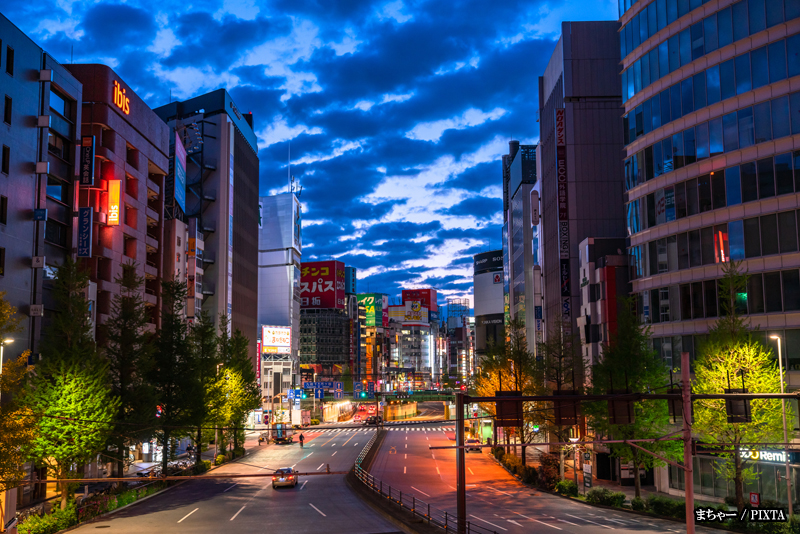
Photo for illustrative purposes
Atmosphere: Most nightlife venues close around 2:00 AM, and streets start to quiet down. Few options remain for transport other than taxis.
Safety Tips:
- Plan your return trip before heading out—know the last train times from Shinjuku Station (typically around 12:30 AM) or have a taxi budget ready.
- Avoid wandering aimlessly; stick to main thoroughfares back to your accommodation.
- If you miss public transit, use official taxi stands or, if you can’t wait to sleep, consider spending the night at one of the area’s numerous internet cafes, most of which offer private booths and showers.
By matching your visit to the time of day, you can enjoy Kabukicho’s vibrant scenes securely—whether you’re capturing daytime charm or sampling its famed nightlife.
Advice for different traveler types
Each visitor comes to Kabukicho with unique concerns and needs. Here’s tailored guidance for solo travelers, women, and groups to help everyone feel confident exploring this lively district.
Solo travelers
- Share your itinerary:
Before heading out, send your planned route and return time to a friend or family member. - Stay connected:
Keep your phone charged and consider purchasing a local SIM or portable Wi-Fi for reliable maps and emergency calls. - Blend in:
Avoid standing out as an international tourist—walk with purpose, and keep valuables out of sight. - Safe check-ins:
Use messaging apps (e.g., LINE, WhatsApp) to check in at major milestones, like “arrival at Shinjuku Station” or “heading home.”
Women travelers
- Travel in pairs when possible:
While Kabukicho is generally safe, there’s extra peace of mind in numbers—especially late at night. - Women-only taxis:
For late-night rides, look for taxi companies providing women-only services, which pair female passengers with female drivers for added comfort and security. - Trust your instincts:
If a situation or person makes you uncomfortable, don’t hesitate to leave and head back to a well-lit, populated area or the koban.
Groups of friends
- Designate meeting points:
Choose clear landmarks (e.g., the Godzilla head above Toho Cinema, the Don Quijote) as fallback rendezvous spots. - Budget for rides:
If you’re splitting taxis, agree on fare-sharing arrangements upfront to avoid confusion at the end of the night. - Group discounts:
Some karaoke spots and game centers in nearby Shinjuku offer group rates—look for listings in Kabukicho nightlife guides that highlight these deals. - Keep each other accountable:
Do regular headcounts before moving between venues to ensure no one is left behind.
Tailoring your approach based on travel style ensures everyone—from the solo adventurer to groups of friends—can enjoy Kabukicho’s excitement with confidence and ease.
Conclusion
Kabukicho’s neon-drenched streets and buzzing nightlife may seem intimidating at first glance, but with the right information, you’ll discover a district that’s not only vibrant but also well-equipped to keep you safe.
Whether you’re searching for the best things to do in Kabukicho, crafting your own Kabukicho nightlife guide, or simply wondering if Kabukicho is safe for tourists, you can rest assured—so long as you take a few smart precautions. So go ahead: immerse yourself in the neon glow, belt out your favorite tunes at karaoke, or capture that iconic Godzilla photo—just remember to stay aware and enjoy responsibly. Happy exploring!
